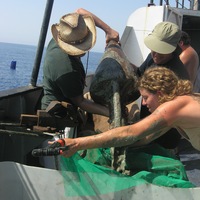
Sara Rich
Sara Rich is an art historian, archaeologist, and artist who dabbles in wood science and weird fiction.
less
Related Authors
Lynn Harris
East Carolina University
Lucy Blue
University of Southampton
Christopher Amer
University of South Carolina
Chelsea R Freeland
US Department of State
Kathryn Sikes
Middle Tennessee State University
Ramin adibi
Islamic Azad University, Science and Research Branch
Kellie Clayton
Monash University
Anette Sand-Eriksen
University of Oslo
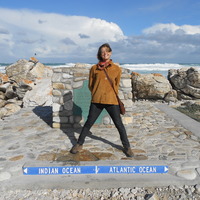

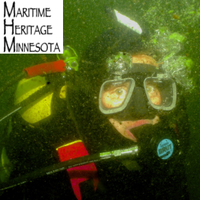

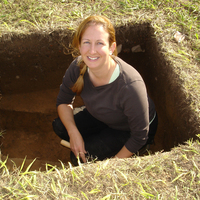
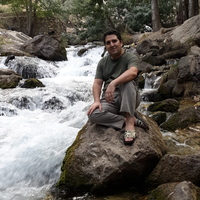



Uploads
Books by Sara Rich
Borrowing its title from a passage in The Emigrants by W.G. Sebald, Closer to Dust is a séance, a gathering of invitees: inherently biased elegies, the images that conjured them, and the reader- viewer in attendance who is warmly invited to order these intimate fragments into cohesion.
This book is a set of protocols to establish the need for wood samples from shipwrecks and to guide archaeologists in the removal of samples for a suite of archaeometric techniques currently available to provenance the timbers used to construct wooden ships and boats. While these protocols will prove helpful to archaeologists working on shipwreck assemblages from any time period and in any place, this book uses Iberian ships of the 16th to 18th centuries as its case studies because their global mobility poses additional challenges to the problem at hand. At the same time, their prolificacy and ubiquity make the wreckage of these ships a uniquely global phenomenon.
Through a process of binding physical properties and metaphorical manifestations, the fluctuating presence of cedar (forests, trees, and wood) in ancient and contemporary religious thought is interpreted as having had a direct bearing on the practice of shipbuilding in the East Mediterranean. Diachronic excavations at the interstices of allure, lore, and metaphor attempt to navigate the (meta) physical relationships between the forested mountain and the forest afloat, dipping below the surface into these objects’ myriad unique realities.
Papers by Sara Rich
Borrowing its title from a passage in The Emigrants by W.G. Sebald, Closer to Dust is a séance, a gathering of invitees: inherently biased elegies, the images that conjured them, and the reader- viewer in attendance who is warmly invited to order these intimate fragments into cohesion.
This book is a set of protocols to establish the need for wood samples from shipwrecks and to guide archaeologists in the removal of samples for a suite of archaeometric techniques currently available to provenance the timbers used to construct wooden ships and boats. While these protocols will prove helpful to archaeologists working on shipwreck assemblages from any time period and in any place, this book uses Iberian ships of the 16th to 18th centuries as its case studies because their global mobility poses additional challenges to the problem at hand. At the same time, their prolificacy and ubiquity make the wreckage of these ships a uniquely global phenomenon.
Through a process of binding physical properties and metaphorical manifestations, the fluctuating presence of cedar (forests, trees, and wood) in ancient and contemporary religious thought is interpreted as having had a direct bearing on the practice of shipbuilding in the East Mediterranean. Diachronic excavations at the interstices of allure, lore, and metaphor attempt to navigate the (meta) physical relationships between the forested mountain and the forest afloat, dipping below the surface into these objects’ myriad unique realities.
My first two attempts at creating hauntographs have as their subject matter the Yarmouth Roads Protected Shipwreck, where I have overseen excavations in 2015-2016. Lying in rather unruly waters, the Yarmouth Roads is an Early Modern Mediterranean merchant vessel located at a depth of -6m in the Solent Strait between the Isle of Wight and the south coast of mainland England. In using collage and transparency, I tried to negotiate the many layers of this shipwreck: its stratigraphy, centuries of deposition, decades of tidal erosion, seasons of excavation, and its countless unrecorded histories like palimpsests, neatly obscured from human access.
Shipwrecks are often understood, even by archaeologists who study them, as little more than dead ships. Shipwreck Hauntographs seek to explore, through archaeological and artistic processes, shipwrecks as liminal objects that are capable of negotiating those murky, fluid boundaries between past and present, presence and absence.